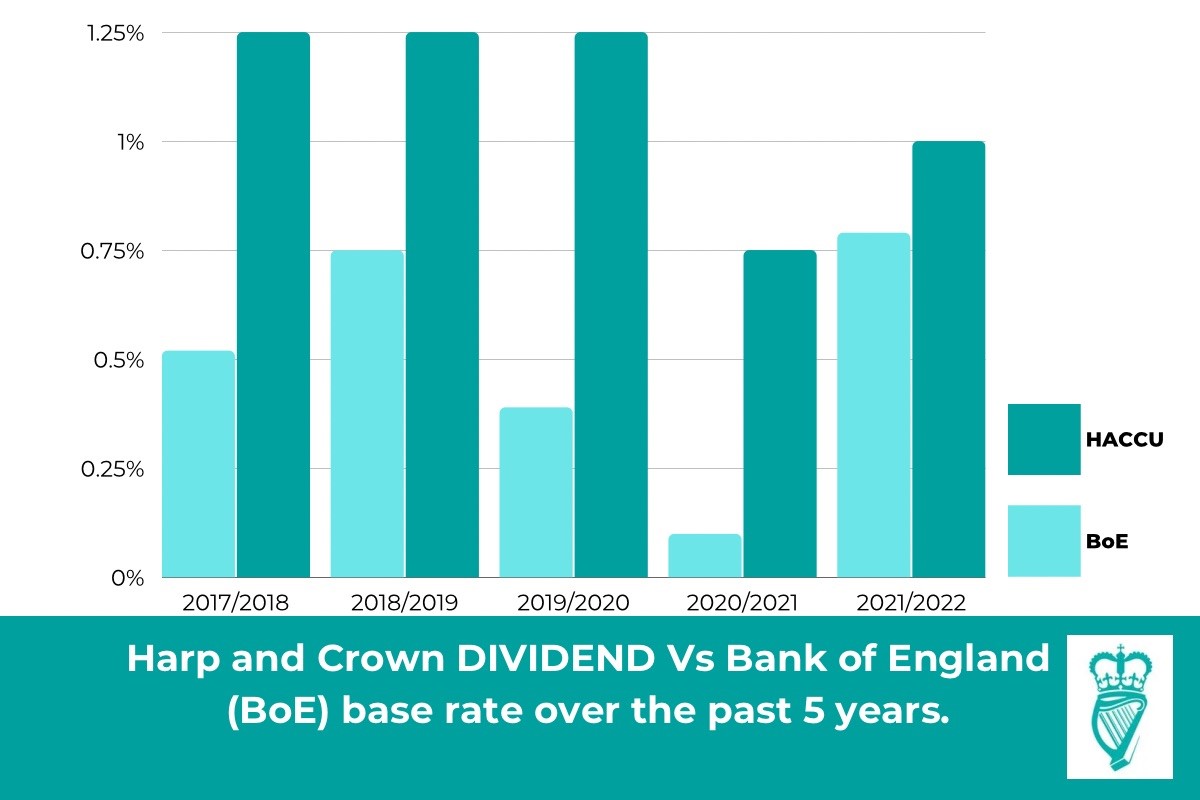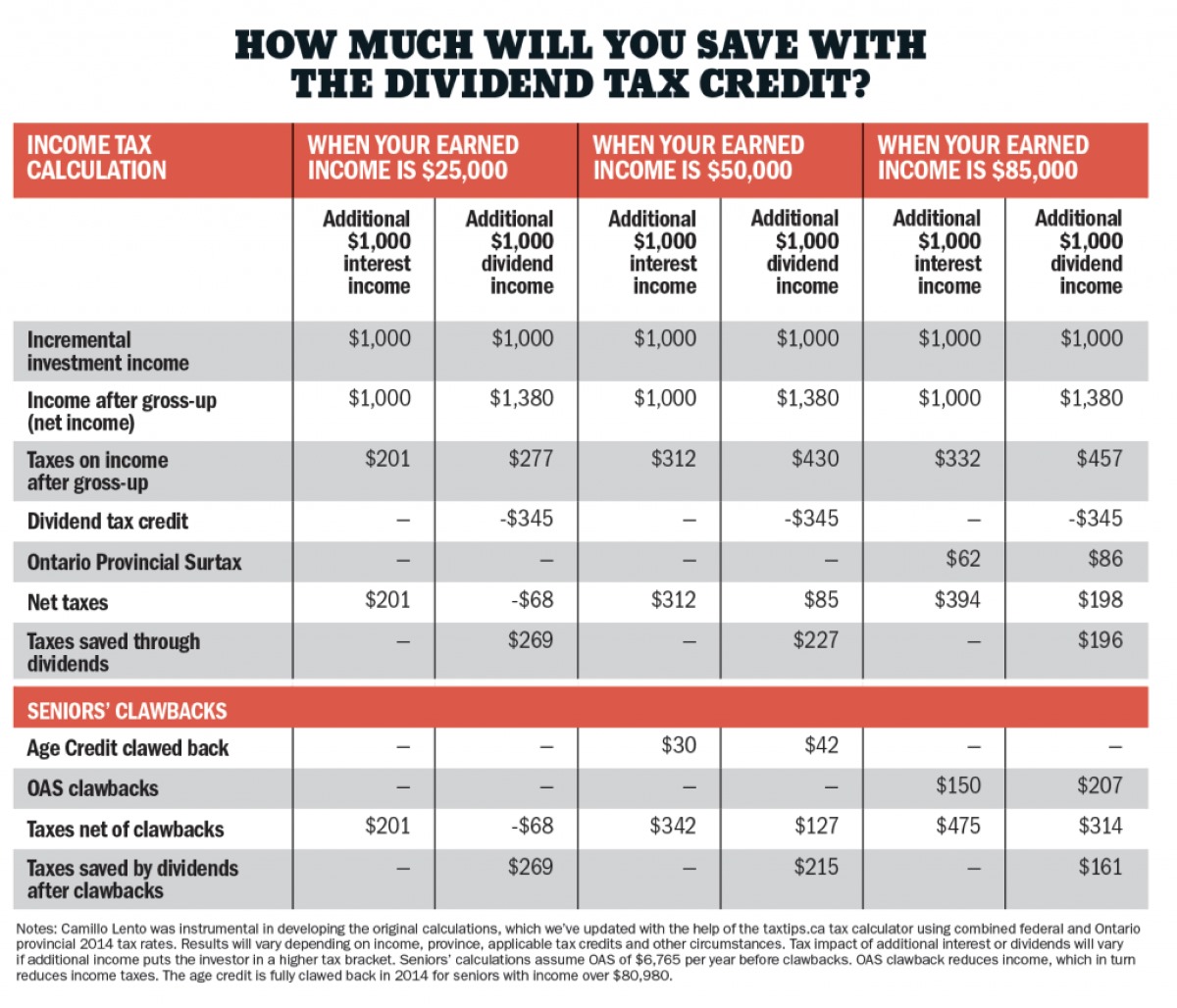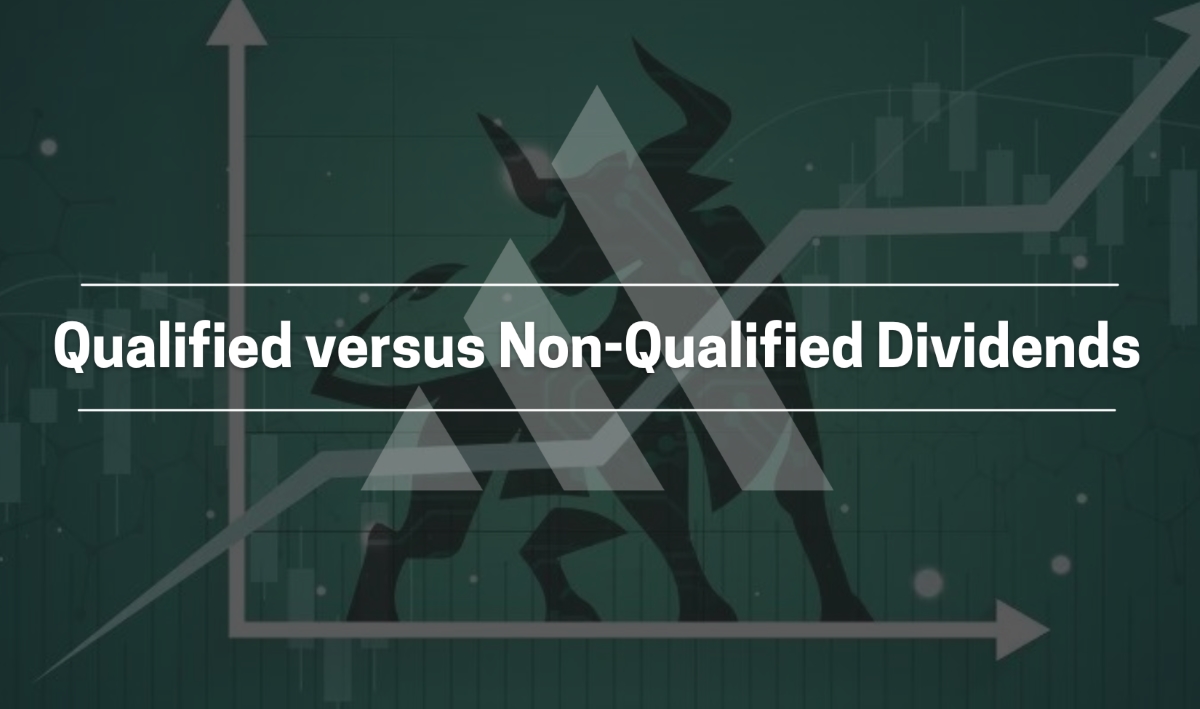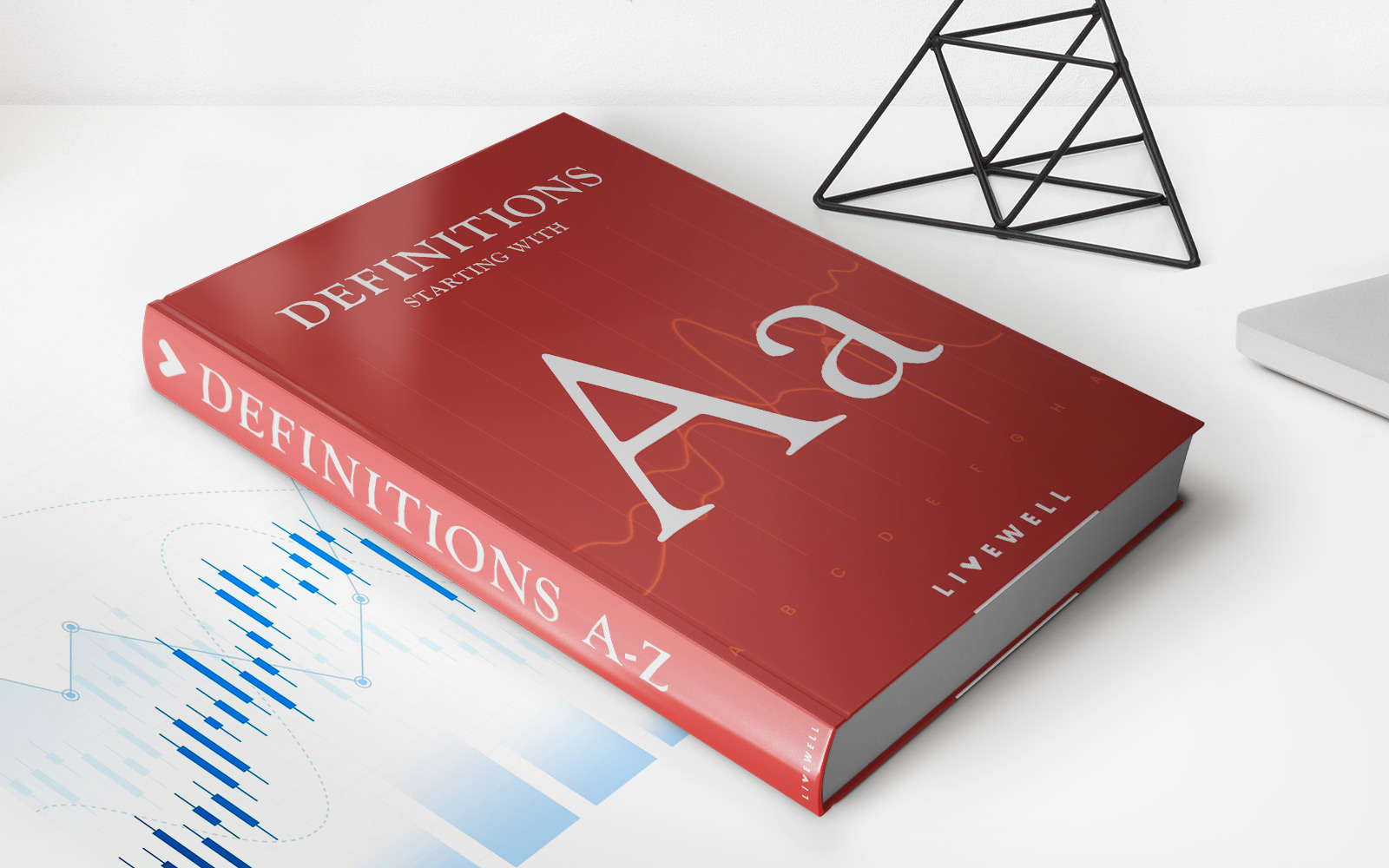

Finance
What Are Dividends In Insurance?
Published: November 20, 2023
Discover how dividends work in the insurance industry and how they can impact your financial strategy. Explore the benefits and considerations of dividends in insurance to ensure a well-rounded approach to your personal finances.
(Many of the links in this article redirect to a specific reviewed product. Your purchase of these products through affiliate links helps to generate commission for LiveWell, at no extra cost. Learn more)
Table of Contents
Introduction
When it comes to insurance, most people think of it as a way to protect themselves or their belongings from unexpected events. However, insurance can offer more than just coverage; it can also provide financial benefits in the form of dividends. Dividends in insurance may sound unfamiliar to some, but they play a significant role in the insurance industry.
Dividends are essentially a share of profits that insurance companies distribute to policyholders. These dividends are not to be confused with the dividends paid by publicly traded companies to their shareholders. In the context of insurance, dividends are a way for insurance companies to reward their policyholders for their loyalty and promote long-term relationships.
In this article, we will explore the meaning of dividends in insurance, the purpose they serve, the different types of dividends available, and the factors that influence their amounts. We will also discuss the advantages and risks associated with dividends and provide some considerations for policyholders.
Understanding dividends in insurance can help policyholders make informed decisions and maximize the benefits of their insurance policies. So let’s dive deeper into this concept and shed some light on how it can impact both insurance companies and policyholders.
Definition of Dividends in Insurance
Dividends in insurance refer to the distribution of a portion of an insurance company’s profits to its policyholders. Unlike the dividends paid by publicly traded companies to their shareholders, insurance dividends are not based on stock ownership. Instead, they are a form of reimbursement or refund that policyholders receive as a reward for their participation in a specific type of insurance policy.
Insurance dividends are typically paid out to policyholders who hold participating policies. Participating policies are a specific type of insurance contract that allows policyholders to share in the company’s profits and receive dividends based on the performance of the insurance company.
It’s important to note that not all insurance policies offer dividends. Dividends are most commonly associated with permanent life insurance policies such as whole life and universal life insurance. These policies accumulate a cash value over time, and the dividends are typically paid from the profits generated by the insurer’s investments and underwriting activities.
The amount of dividends policyholders receive is based on various factors, including the insurer’s financial performance, the policy’s premium payments, and the insurance policy’s participation rate. The participation rate determines the portion of the company’s profits that will be shared with policyholders as dividends.
Dividends in insurance can be paid out in different ways. Some policyholders may choose to receive their dividends as a cash payment, while others may opt to reinvest them in the policy to accumulate additional cash value or to pay for future premiums.
It’s important to differentiate between dividends and premium refunds in insurance. While dividends are typically associated with permanent life insurance policies, premium refunds are more common in other types of insurance policies, such as auto or home insurance. Premium refunds are usually provided when a policyholder has paid more in premiums than the actual cost of the coverage.
Now that we have a clear understanding of what dividends in insurance entail, let’s explore the purpose they serve and why insurance companies choose to offer them to policyholders.
Purpose of Dividends in Insurance
The purpose of dividends in insurance is multi-fold, benefiting both insurance companies and policyholders. Let’s explore the main reasons why insurance companies choose to offer dividends to their policyholders:
- Rewarding Policyholders: Dividends serve as a way for insurance companies to reward their policyholders for their loyalty. By sharing a portion of their profits, insurance companies acknowledge and appreciate the ongoing relationship with their customers. This can help build trust and encourage policyholders to maintain their policies with the company.
- Incentivizing Long-Term Commitment: Dividends also serve as an incentive for policyholders to keep their insurance policies in force over the long term. By offering potential financial benefits through dividends, insurance companies promote policyholder retention. This is particularly important in the life insurance sector, where long-term commitment can lead to significant financial advantages for policyholders.
- Creating Financial Value: Dividends can add financial value to participating policies. When policyholders receive dividends, they have the option to reinvest them into the policy, accumulate additional cash value, or use them to offset future premium payments. This can enhance the overall value of the insurance policy and provide additional financial flexibility for policyholders.
- Competitive Advantage: Offering dividends can provide insurance companies with a competitive advantage in the marketplace. Policyholders may be more inclined to choose an insurance company that offers the potential for financial rewards through dividends. This can help insurance companies attract new customers, retain existing ones, and differentiate themselves from competitors.
- Financial Stability: Dividends are often an indication of an insurance company’s financial stability and success. Insurance companies that consistently generate profits and distribute dividends are perceived as more financially secure. This can instill confidence in policyholders, as they know that their insurer is well-positioned to fulfill its obligations and claims payments.
Overall, the purpose of dividends in insurance is to create a mutually beneficial relationship between insurance companies and policyholders. They provide financial rewards, incentivize long-term commitment, add value to insurance policies, enhance competitive positioning, and demonstrate financial stability.
Next, let’s explore the different types of dividends that policyholders may encounter in the insurance industry.
Types of Dividends in Insurance
There are two main types of dividends that policyholders may encounter in the insurance industry: participating dividends and non-participating dividends. Let’s take a closer look at each type:
- Participating Dividends: Participating dividends are typically associated with permanent life insurance policies, such as whole life and universal life insurance. These policies offer policyholders the opportunity to participate in the insurance company’s profits and receive dividends based on the insurer’s financial performance. The amount of participating dividends can vary from year to year and is influenced by factors like the insurer’s investment returns, mortality experience, and expenses. Policyholders can have the flexibility to choose how they want to receive their participating dividends, whether in cash, as a premium reduction, to purchase additional coverage, or to accumulate as cash value within the policy.
- Non-Participating Dividends: Non-participating dividends, also known as non-par dividends, do not depend on the insurer’s profits. These dividends are typically associated with non-participating insurance policies, such as term life insurance or certain types of property and casualty insurance. Non-participating dividends are predetermined and do not fluctuate based on the insurer’s financial performance. These dividends are usually a portion of the premium that is returned to the policyholder if there were no claims made during a specific time period. Non-participating dividends are less common than participating dividends and are not influenced by the insurer’s overall profitability.
Insurance companies clearly communicate to policyholders whether their policy offers participating or non-participating dividends. It’s important for policyholders to understand the type of dividends associated with their insurance policy to ensure they have accurate expectations regarding potential financial benefits.
It’s worth noting that the availability of dividend options may vary among insurance companies and policies. Some policies may have more flexible dividend options, allowing policyholders to customize how they receive their dividends. Others may offer limited options or have specific rules regarding dividend payouts.
Understanding the types of dividends in insurance helps policyholders make informed decisions when selecting insurance policies and manage their financial expectations. In the next section, we will explore the factors that can influence the amount of dividends policyholders receive.
Factors Affecting Dividend Amounts
Several factors can influence the amount of dividends that policyholders receive from their participating insurance policies. It’s important for policyholders to understand these factors to have a clear understanding of what to expect in terms of potential dividend payouts. Here are the key factors that can affect dividend amounts:
- Insurance Company’s Financial Performance: The financial performance of the insurance company plays a significant role in determining dividend amounts. If the company is profitable, it is more likely to distribute higher dividends to policyholders. Factors such as investment returns, underwriting profits, and overall revenue generation can impact the company’s financial performance and, subsequently, the dividend amounts.
- Participation Rate: The participation rate determines the portion of the insurance company’s profits that will be distributed as dividends to policyholders. Different policies may have varying participation rates, which can affect the dividend amounts received. Higher participation rates generally result in larger dividends, while lower rates will lead to smaller dividend payouts.
- Policy Premiums: The amount of premiums paid by the policyholder can also impact dividend amounts. Higher premium payments contribute to a larger pool of funds that can be distributed as dividends. Additionally, policyholders who have paid premiums for a longer duration may be eligible for higher dividend payouts compared to those who have recently purchased their policies.
- Policyholder-Insurer Relationship: The duration and consistency of the policyholder’s relationship with the insurer can also influence dividend amounts. Policyholders who have maintained their policies with the same insurer for an extended period are more likely to receive higher dividends as a reward for their loyalty.
- Expenses and Claims: The expenses incurred by the insurance company and the number of claims filed by policyholders can impact dividend amounts. Higher expenses and a higher number of claims can reduce the company’s profitability, potentially leading to lower dividend payouts.
It’s important to note that the specific weight and influence of these factors can vary among insurance companies and policies. It’s advisable for policyholders to review their insurance policy documents or consult their insurance agents to fully understand the factors that affect their potential dividend amounts.
While these factors can influence dividend amounts, it’s essential to remember that dividends are not guaranteed. They depend on the performance and profitability of the insurance company. Therefore, policyholders should view dividends as a potential financial benefit rather than a guaranteed one.
Now that we understand the factors that can affect dividend amounts, let’s explore the benefits of dividends in insurance for policyholders.
Benefits of Dividends in Insurance
Dividends in insurance offer several benefits to policyholders. These financial rewards can enhance the value and attractiveness of insurance policies. Here are some key benefits of receiving dividends:
- Financial Gain: Dividends provide policyholders with the opportunity to earn a financial gain from their insurance policies. By sharing a portion of the insurance company’s profits, policyholders can receive cash payments or use the dividends to accumulate additional cash value within their policies. This can help policyholders meet their financial goals, build a nest egg, or supplement their income.
- Return on Investment: For policyholders who hold permanent life insurance policies, such as whole life or universal life insurance, dividends can be seen as a return on their investment. These policies often come with a cash value component, and dividends can help increase the cash value over time. Policyholders can choose to reinvest the dividends to enhance the policy’s growth potential and create a source of wealth.
- Policy Enhancements: Dividends can provide opportunities for policyholders to enhance their insurance coverage. Policyholders can use dividend proceeds to purchase additional coverage, upgrade existing policies, or add riders to customize their insurance protection. This allows policyholders to adapt to changing circumstances and ensure their insurance coverage aligns with their evolving needs.
- Premium Reductions: Some policyholders may opt to apply their dividends towards premium reductions. By using dividends to offset future premium payments, policyholders can reduce their out-of-pocket expenses for maintaining their insurance coverage. This can be especially beneficial for those who have long-term policies and want to manage their ongoing financial obligations.
- Financial Flexibility: Dividends provide policyholders with flexibility and control over their insurance policies. Depending on the policy and insurer, policyholders may have various options for utilizing their dividends. Whether it’s receiving cash, accumulating cash value, or making premium payments, policyholders have the flexibility to choose how they want to utilize the financial benefits provided by the dividends.
Receiving dividends not only provides financial advantages but also reinforces the value of insurance policies for policyholders. It promotes a sense of partnership between the insurance company and policyholders, highlighting the long-term benefits of maintaining a policy with the same insurer.
Keep in mind that the availability and amount of dividends can vary among insurance companies and policies. It’s important for policyholders to thoroughly review their policy documents and discuss with their insurance agents to understand the specific benefits and options associated with dividends.
Now that we’ve explored the benefits of dividends, it’s crucial to understand the potential risks and considerations associated with dividends in insurance.
Risks Associated with Dividends in Insurance
While dividends in insurance can provide attractive financial benefits, it’s essential for policyholders to be aware of the potential risks involved. Here are some key risks associated with dividends in insurance:
- Not Guaranteed: Dividends are not guaranteed and are dependent on the financial performance of the insurance company. If the insurer experiences financial difficulties or poor performance, dividend payments to policyholders may be impacted. Policyholders should not solely rely on dividends as a source of income or financial stability.
- Fluctuating Dividend Amounts: Dividend amounts can vary from year to year based on various factors, including the insurer’s financial performance and economic conditions. Policyholders should be prepared for fluctuations in dividend payments and not solely rely on them to meet their financial needs or obligations.
- Reduced Cash Value Accumulation: In some cases, policyholders who choose to receive dividends as cash payments may experience a reduction in the overall cash value accumulated within their policies. This can impact the growth potential and long-term financial benefits associated with the policy.
- Policy Cost Consideration: Insurance policies that offer dividends may have higher premiums compared to non-participating policies. Policyholders should carefully evaluate the cost-benefit ratio of participating insurance policies and determine if the projected dividend payouts justify the higher premiums.
- Opportunity Cost: The opportunity cost of participating in insurance policies that offer dividends is the potential growth or returns that could be achieved by investing the premium difference in other investment vehicles. Policyholders should consider their unique financial circumstances and evaluate whether participating in a policy with dividends aligns with their overall investment strategy.
It’s important for policyholders to thoroughly understand the risks associated with dividends and carefully consider their financial goals, risk tolerance, and insurance needs before deciding on a policy. Consulting with a financial advisor or insurance professional can provide valuable guidance in evaluating the potential risks and benefits associated with insurance policies offering dividends.
Despite the risks, dividends can still offer significant financial advantages for policyholders. However, it’s crucial to approach dividends with a realistic understanding of the associated risks and make informed decisions based on individual financial circumstances.
Now, let’s explore some considerations for policyholders when it comes to dividends in insurance.
Considerations for Policyholders
As a policyholder, there are several key considerations to keep in mind when it comes to dividends in insurance. These considerations can help you make informed decisions regarding your insurance policy and maximize the potential benefits of dividends. Here are some important factors to consider:
- Financial Goals: Evaluate your financial goals and consider how dividends align with them. Are you looking for long-term growth and accumulation of cash value or immediate income? Understanding your financial objectives can help you determine if a policy with dividends is the right fit for your needs.
- Risk Tolerance: Assess your risk tolerance and understand the risks associated with dividends. If you prefer a more predictable and guaranteed outcome, a non-participating policy might be a better option. If you are comfortable with potential fluctuations and value the potential for financial gain, a participating policy with dividends may be more suitable.
- Policy Term: Consider the length of the policy term. Policies that offer dividends, such as permanent life insurance policies, are usually designed for long-term coverage. If you anticipate the need for insurance coverage only for a specific period, a term policy without dividends may be a more cost-effective choice.
- Financial Stability of the Insurance Company: Research and evaluate the financial stability and reputation of the insurance company. Review their credit ratings and financial history to ensure that the company has a track record of fulfilling its financial obligations, including the payment of dividends.
- Cash Value Accumulation: If your policy offers cash value accumulation, understand how dividends affect this feature. Consider whether you want to prioritize the growth of cash value within the policy or prefer to receive dividends as cash payments.
- Payment Options: Explore the different options available for receiving dividends. Some policies allow for cash payments, premium reductions, or reinvestment into the policy. Choose the option that aligns with your financial goals and preferences.
- Review Policy Documents: Carefully review your policy documents, including the dividend provisions, to understand the specifics of how dividends are calculated, distributed, and any potential limitations or conditions attached to them.
It is also advisable to consult with a financial advisor or insurance professional who can provide personalized guidance based on your specific financial situation and goals. They can analyze your needs, evaluate the potential benefits and risks of dividends, and help you make an informed decision that aligns with your unique circumstances.
Remember, dividends should not be the sole factor in choosing an insurance policy. The overall coverage, premium costs, and customer service are equally important considerations in selecting the right policy for your needs.
By considering these factors and seeking professional guidance, you can navigate the realm of dividends in insurance more effectively and make choices that are in line with your financial objectives.
Now, let’s wrap up our discussion on dividends in insurance.
Conclusion
Dividends in insurance provide policyholders with the opportunity to benefit financially from their insurance policies. Whether through participating dividends in permanent life insurance policies or non-participating dividends in other types of insurance, dividends offer policyholders various advantages and considerations to keep in mind.
Understanding the purpose of dividends, the types available, and the factors that influence their amounts empowers policyholders to make informed decisions regarding their insurance coverage. Dividends serve multiple purposes, including rewarding policyholders, incentivizing long-term commitment, creating financial value, providing a competitive advantage, and demonstrating financial stability.
While dividends offer benefits, it’s essential to be aware of the potential risks and considerations associated with them. Dividends are not guaranteed, and their amounts can fluctuate. Policyholders should carefully evaluate their financial goals, risk tolerance, and the financial stability of the insurance company before opting for a policy with dividends.
Considerations such as financial goals, risk tolerance, policy term, and payment options should guide policyholders in determining the most suitable insurance policy. Reviewing policy documents, seeking professional advice, and evaluating the financial stability and reputation of insurance companies are crucial steps in making an informed decision.
Overall, dividends in insurance provide policyholders with financial benefits, flexibility, and the potential for long-term value. By understanding the opportunities and risks associated with dividends, policyholders can maximize the advantages while managing their expectations.
Remember to thoroughly assess your unique financial situation, consult with professionals where necessary, and select insurance policies that align with your goals and needs. Armed with knowledge and careful consideration, you can make confident decisions regarding dividends in insurance and enjoy the financial rewards they can bring.
Now, go forth and navigate the world of dividends in insurance with confidence.














